BS”D
Suka 51b (2)
Sivan 10, 5783. May 30, 2023
1- The Gemara continues to explain the Mishnah:
במוצאי יום טוב הראשון של חג ירדו לעזרת נשים ומתקנין שם תיקון גדול
What exactly was this תיקון גדול? The גמרא describes the historical process of the effort to create a separation between the men and the women at the בית השואבה

After different arrangements were tried, they finally built a balcony overlooking the עזרת ישראל.

2 – We touched briefly on the controversy about the height of the מחיצה in a Shul.
On the one hand we have Reb Moshe Feinstein who claimed that the מחיצה is not intended to block the men’s view of the women. The sole purpose is to avoid the mingling and talking. He derives this primarily from the Rambam who writes in Beis Habechirah 5, 9:
עזרת הנשים היתה מוקפת גזוזטרא כדי שיהיו הנשים רואות מלמעלן והאנשים מלמטן
כדי שלא יהיו מעורבבין.
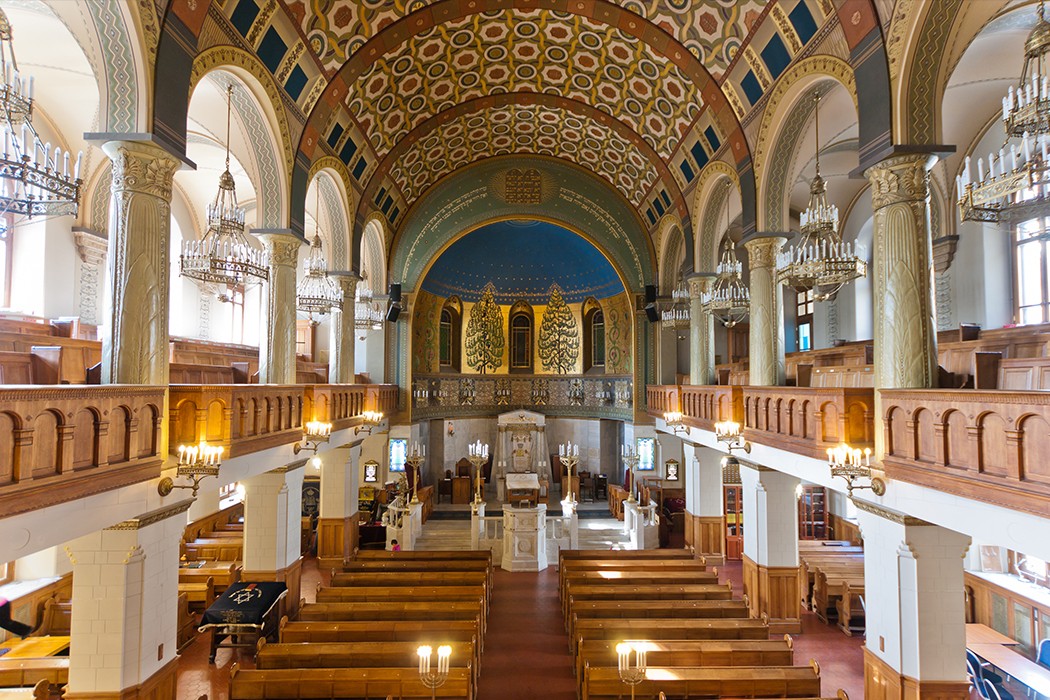
To avoid mingling one needs only shoulder height, or 18 טפחים. If the עזרת נשים is elevated and no mingling is possible, there is no need for a מחיצה.
We need to point out that Reb Moshe’s היתר for a low מחיצה is only as to the laws of בית הכנסת and as it pertains to תפילה based on what occurred on the בית המקדש. He is מחמיר to say that his minimum מחיצה is מן התורה!
However, as he write in his responsa, the prohibition to gaze at women is universal and outside a Shul as well.

View from the Ezras Nashim, 770.
On the other side of this topic are most Orthodox Rabbanim. Beginning with the מהר”ם שיק to Reb Yoelish of Satmar.
They base their opinion on the פירוש המשניות of the Rambam on our Mishnah, where he states that the purpose of the מחיצה is for men not to gaze at the women. Thus, the מחיצה needs to go above the heads of the tallest מתפלל.
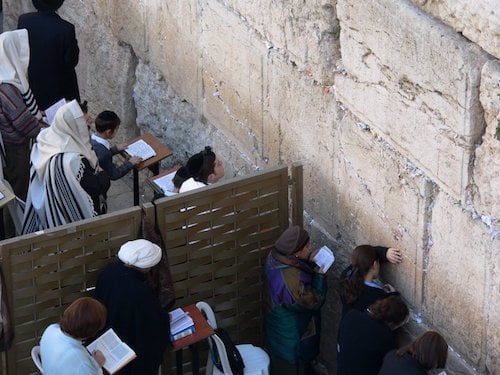
3- We mentioned the quip of when Reb Moshe and Reb Yoelish met in a בית האבל, or as Reb Yoelish stated, they were in different houses…

Reb Moshe at microphone, R Yoel at the right side of the table
We spoke of the admission of a reform rabbi in 1965 that the orthodox warriors against their movement, at its inception, were correct in saying that the reformers were, deep in their hearts, אפיקורסים.
The reform leaders expounding excuses about their changing Halacha, that it was supposedly ‘based’ on Chazal, was just a front to their total lack of belief ….even in the ריבונו של עולם. R”L

Also discussed the famous (or infamous) book מענה לאגרות by Reb Yom Tov Schwarts who contested many of Reb Moshe’s rulings.
See here.
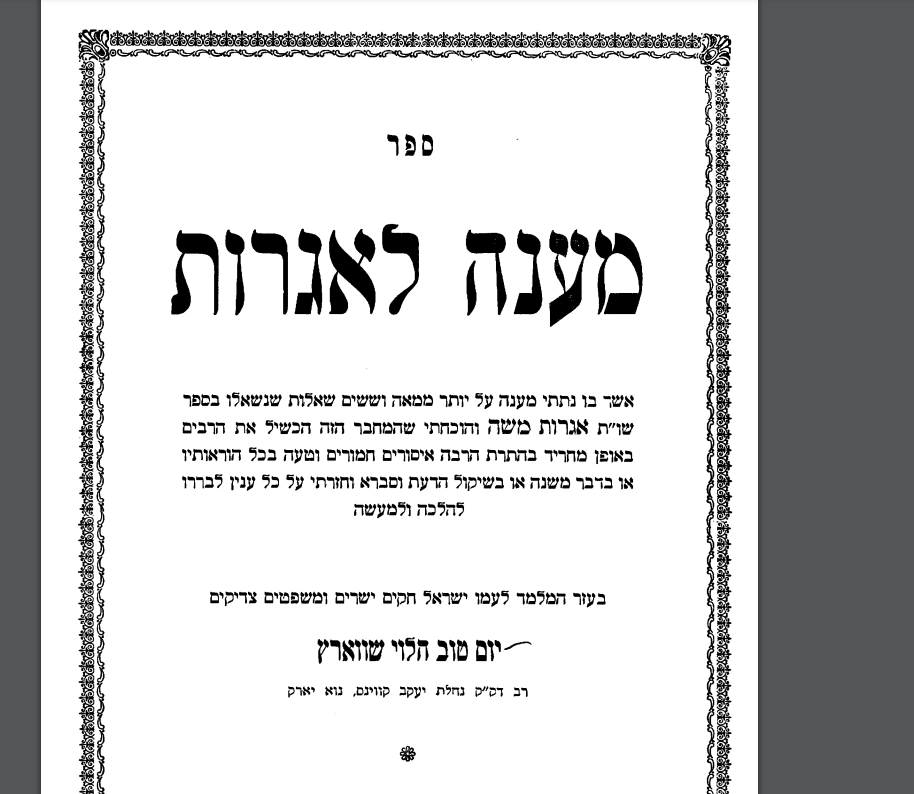
4- The גמרא has an issue with the building of this מחיצה structure as it changes the configuration of the בית המקדש which is very problematic. The exact measurements and layout were described by the נביאים. Any deviation is forbidden.

5 – The source for a מחיצה in general – The ‘Great funeral and eulogy’ for משיח בן יוסף which will occur right before משיח בן דוד arrives. Our גמרא says that even at this somber occasion men and women will sit separately. How much more so in a time of joy, such as שמחת בית השואבה, there needs to be a separation via a מחיצה. And from there to the מחיצות in a Shul.
6 – We discussed briefly what חז”ל say about משיח בן יוסף. While mentioned in גמרא once, right here on our Daf, the Zohar writes much about him.
Here is a good synopsis and sources. Hebrew. English.
We mentioned the Tosfos in Eiruvin (43, b) that places his revelation right before the appearance of משיח בן דוד.

7- The topic of the above Sugya in Eiruvin is the discussion as to what days of the week משיח and אליהו הנביא can reappear in this world.
The issue is their arrival on Shabbos being that משיח will need to arrive from חוץ לתחום.
8- We concluded with an interesting letter of the Rebbe to Reb Avrohom Hecht in 1947. Igros 2. #288.
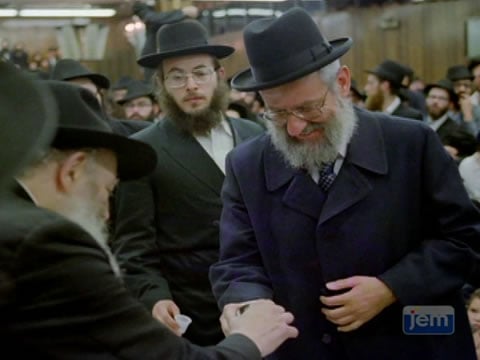
From the letter it seems Reb Avrohom asked the Rebbe how we say on Shabbos
אני מאמין בביאת המשיח ואע”פ שיתמהמה עם כל זה אחכה לו בכל יום שיבוא
when the גמרא above says that משיח will not arrive on Shabbos!
The letter touches on many points. In the last 2 paragraphs, the Rebbe suggests that when we say בביאת המשיח, we are referring not only to משיח בן דוד, who will not arrive on שבת, as above.
The belief of imminent daily גאולה encompasses the entire גאולה process that also includes the arrival of משיח בן יוסף – who can indeed arrive on Shabbos since he will surely be a human living amongst us and not have the limitations of חוץ לתחום.
So when we say אחכה לו בכל יום שיבוא it also means משיח בן יוסף.
9- In a post script the Rebbe writes that ‘Rabbi Quint just told me that some have the מנהג of not saying the above passage on Shabbos because of the above issue’.
We spent a few minutes talking about this interesting non Chabad secretary that worked in מרכז for many years,
(and his son Emmanuel).

Emanuel, son of R’ Eli Quint
His signature is found on many letters the Rebbe wrote as ‘A Quint, Secretary’.
Here is the letter
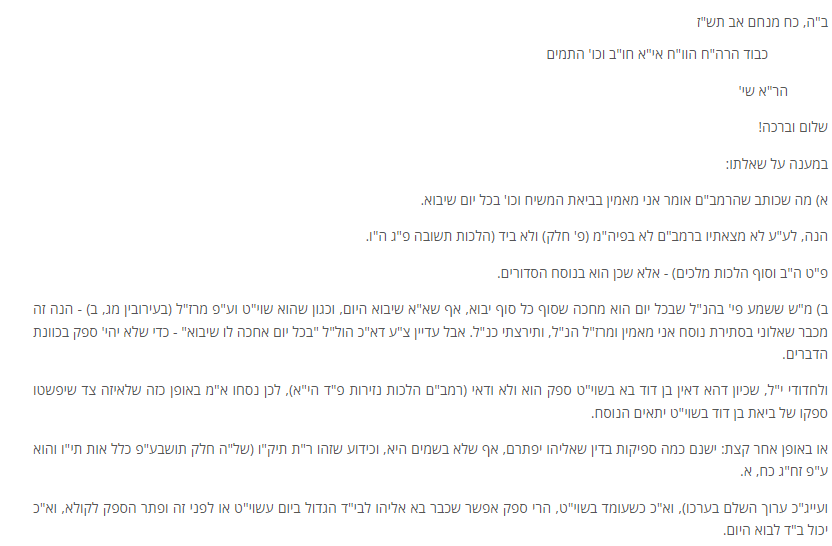
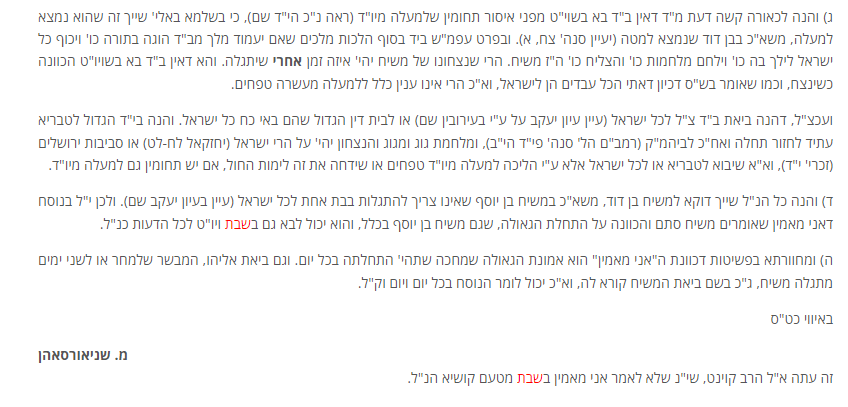


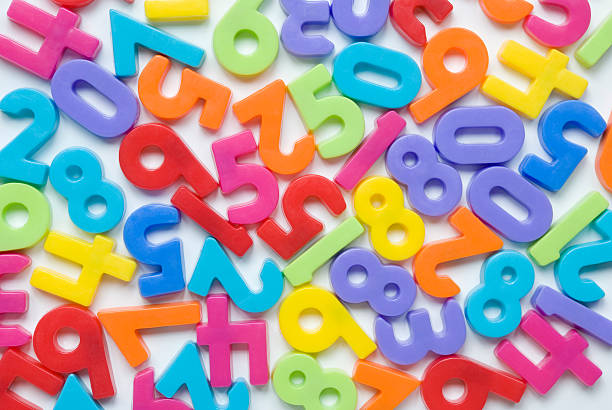
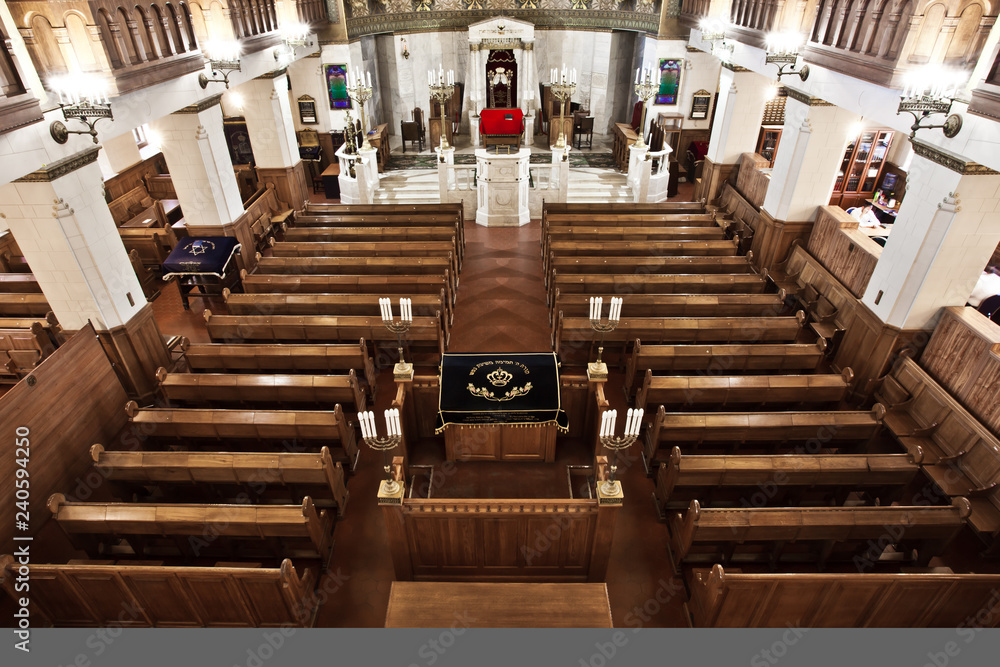
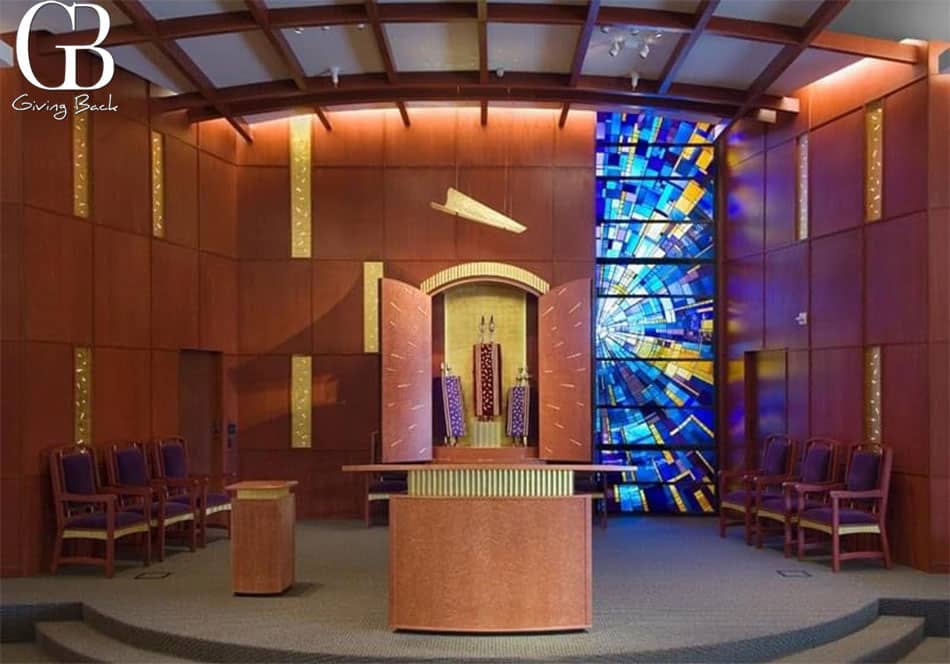

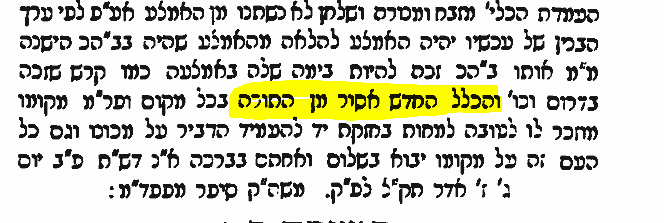


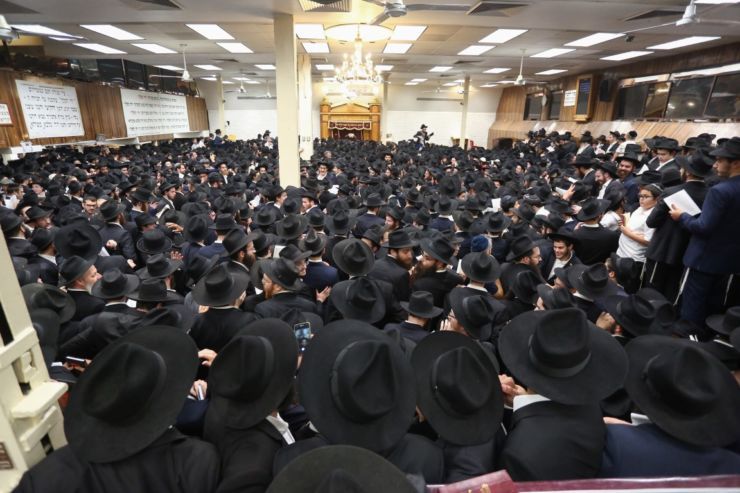

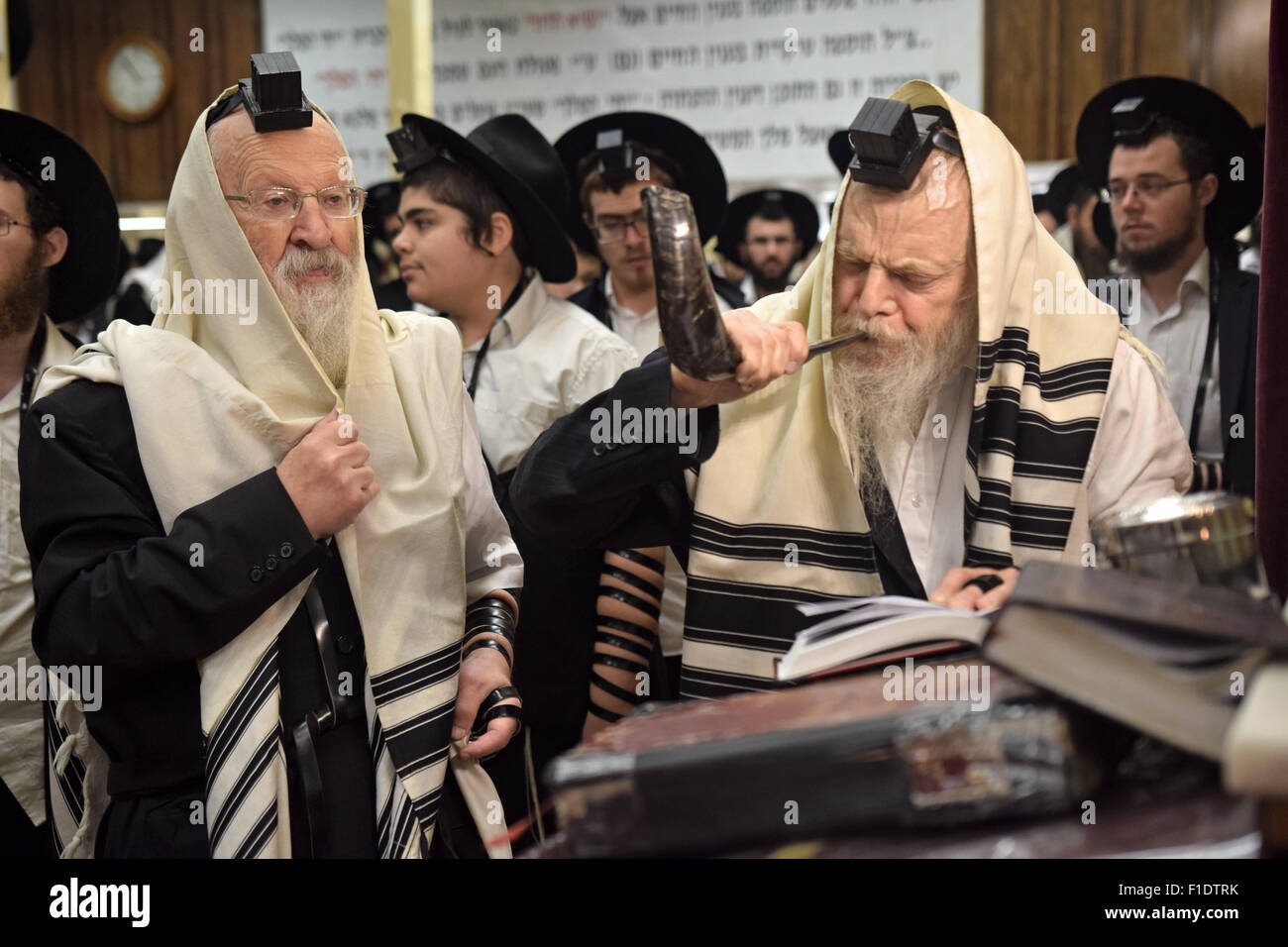
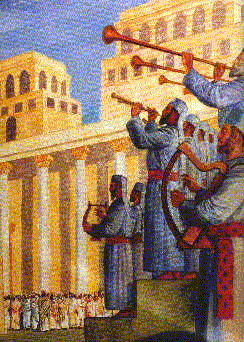
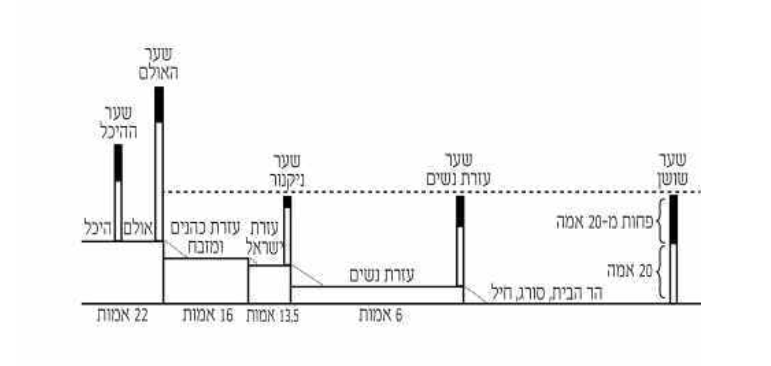
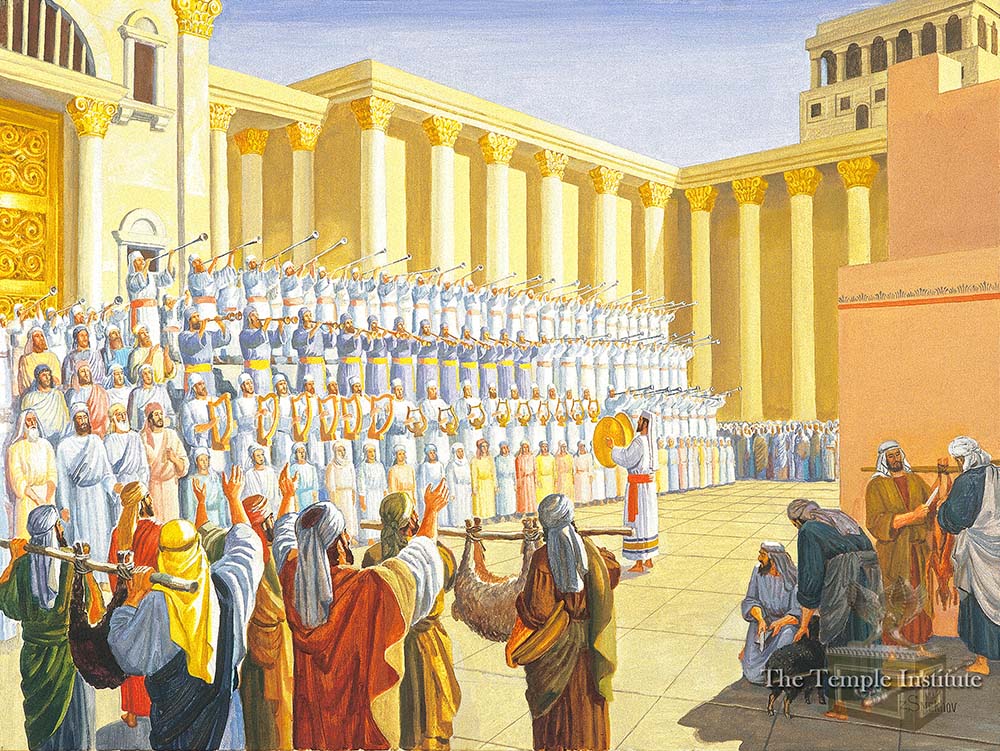





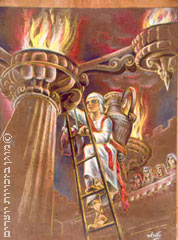
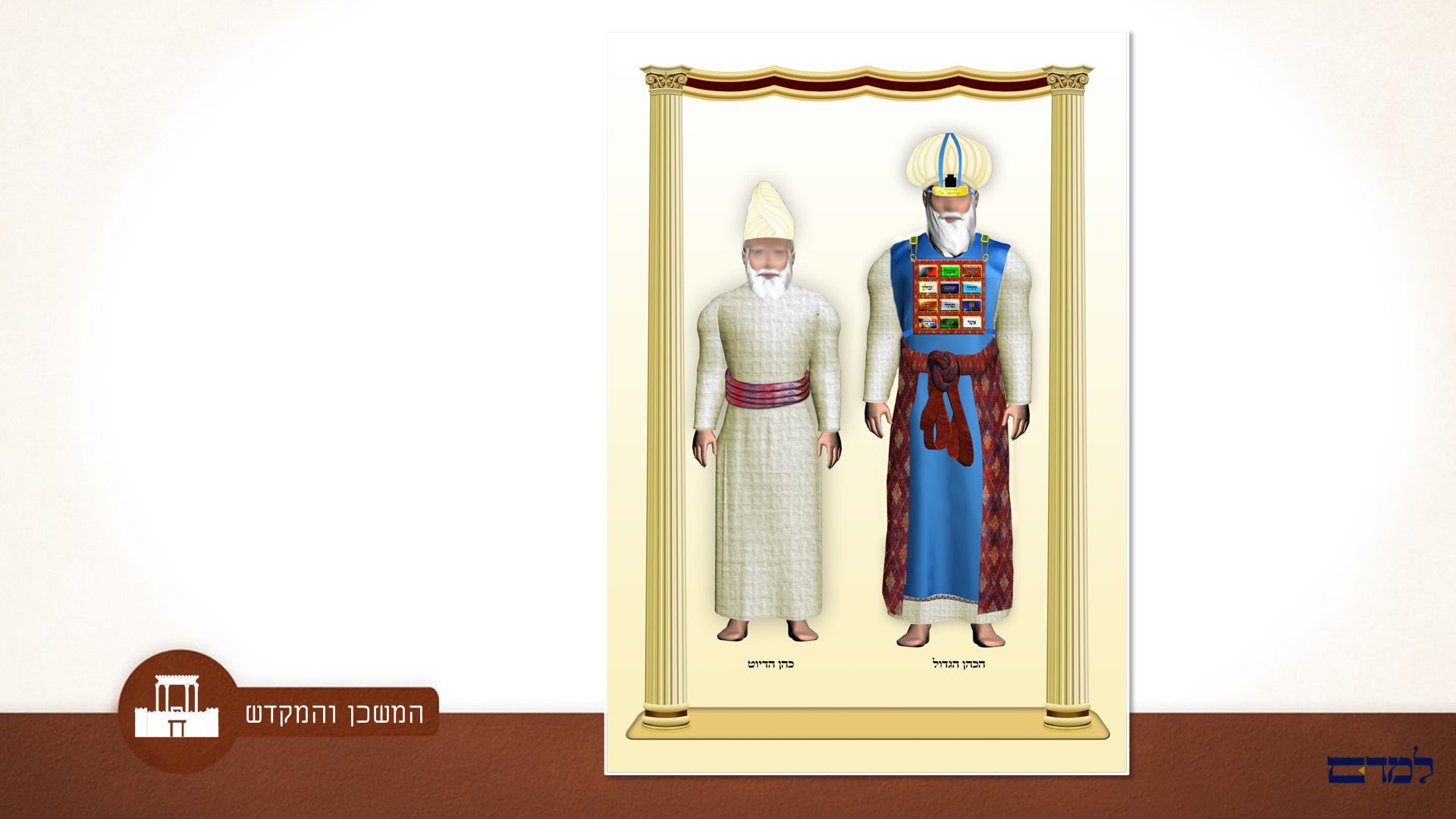
 ומצנפת וצריך טעם למה השמיט רבינו מצנפת ואפשר דתנא כתנות והוא הדין למצנפות אי נמי משום דמצנפות דקות ביותר ולא חזו לפתילות לכך השמיטם
ומצנפת וצריך טעם למה השמיט רבינו מצנפת ואפשר דתנא כתנות והוא הדין למצנפות אי נמי משום דמצנפות דקות ביותר ולא חזו לפתילות לכך השמיטם